Ura Village and Yakcho Festival
The Grand Festival of Ura Village
From the 12th-16th of the 3rd Bhutanese month every year. (9-14 May in 2025)
URA DOZHI OR MAKRONG VILLAGE
The Ura Village is one of the oldest and largest clustered villages in Bhutan. Its history starts from around the eighth century with the legend of Ugyen Guru or Padmasambhava, the saint who brought Buddhism to Bhutan. He is affectionately remembered as Guru Rinpoche or the precious teacher. The valley is said to have been blessed as a hidden land (beyul) of Ugyen Guru Rinpoche. Thus, people called Ura Urbey or hidden land of Ugyen in the past. Historical records mention Ura from the 12th century when Tibetan religious visitors arrived here at the invitation of the local leaders, who were descendants of the Yarlung kings of Tibet.
Ura village is nestled in a valley at roughly 3200m altitude, surrounded by forests of spruce, pine, larch, fir, juniper, bamboo and rhododendrons where wildlife such as tigers, leopards, bears, boars and red pandas roam. The valley has four villages but the Dozhi village is the main village or Makrong. Its beautiful landscape, bestrewn with the farmhouses, watermills, temples, stupas and prayer flags, provides a wonderful balance between pristine nature and thriving traditional life. The Ura Makrong village consists of some seventy households and about four hundred residents although there are some eight hundred registered members.

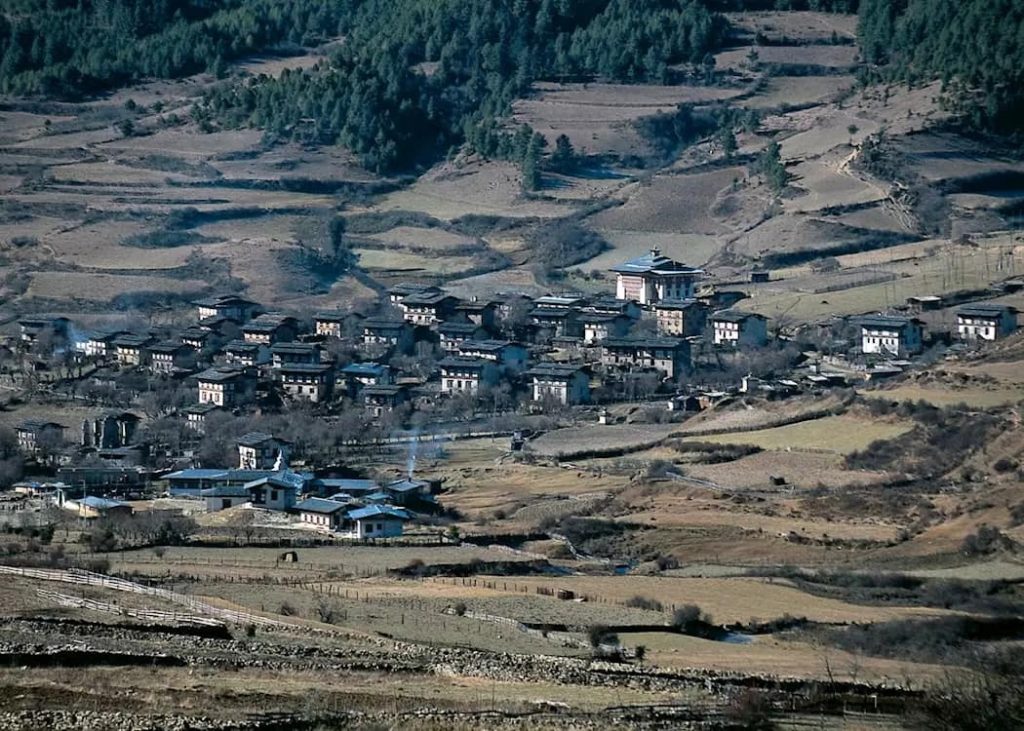
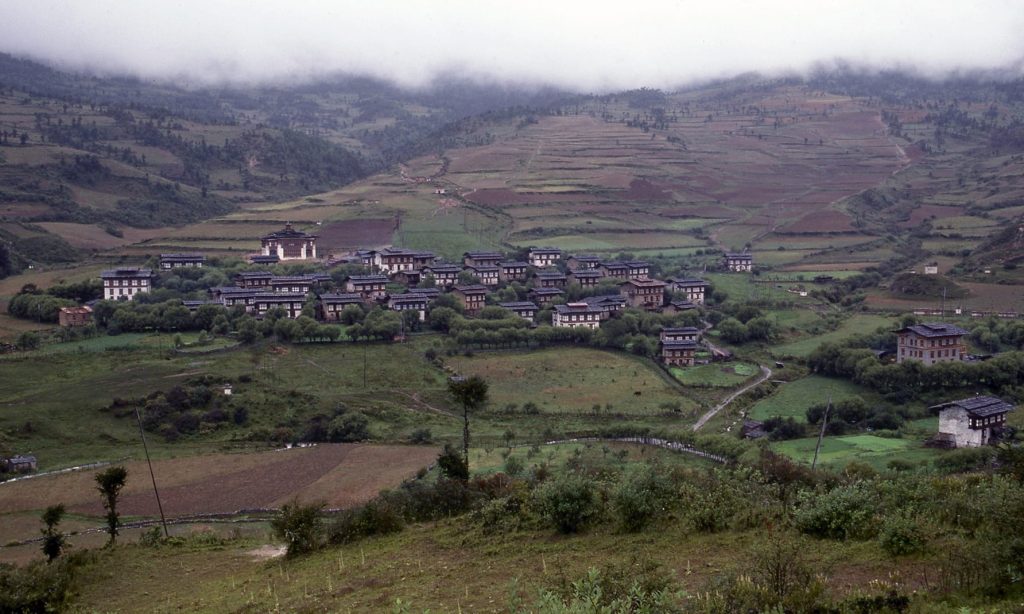
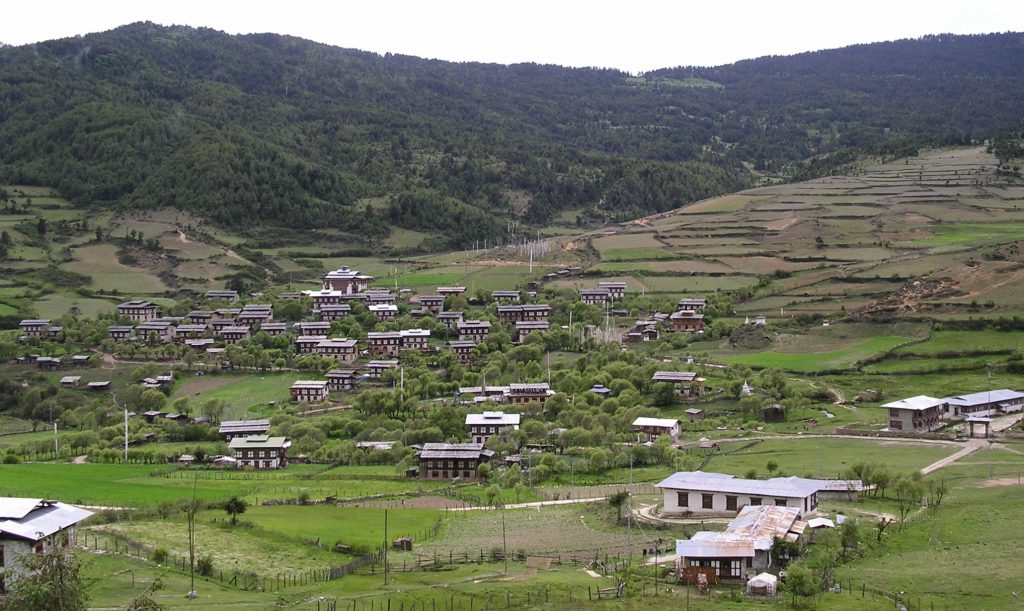
Until the seventeenth century, Ura had a dhung ruler who reigned over many parts of central Bhutan. Many Central Bhutanese aristocrats called dhung trace their origins to Ura. To this day, the village is partially run using the ancient administrative and management systems developed during the dhung rule. Ura, like most parts of Central and Eastern Bhutan, was formally put under the rule of the new state of Bhutan based in Punakha in the middle of the seventeenth century. A stone plaque created in the seventeenth century recounts the take over of Ura by the western forces.
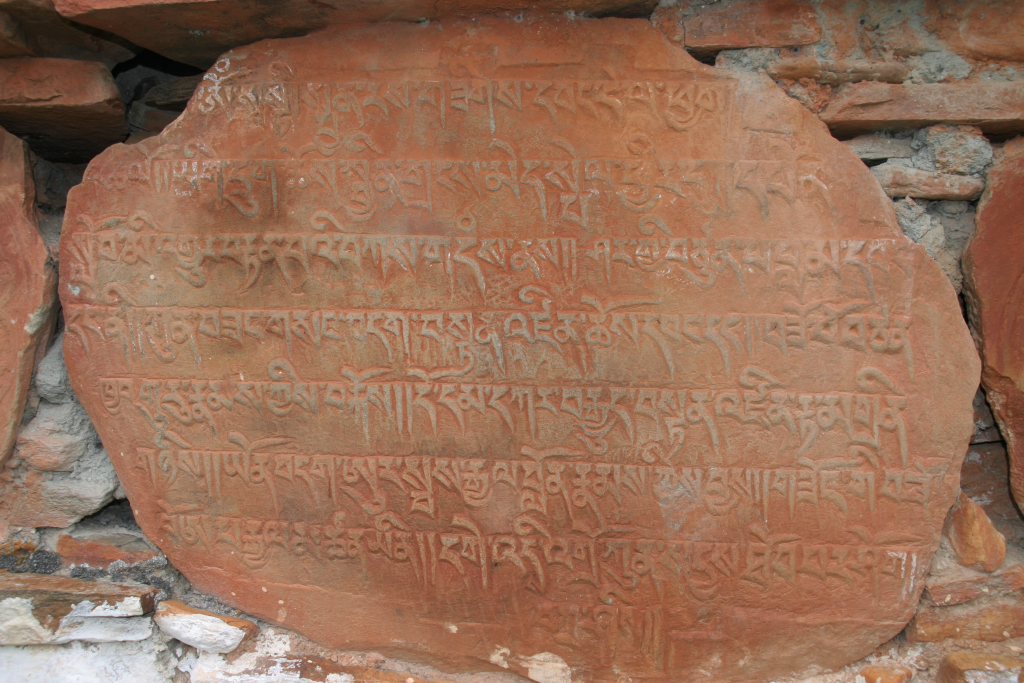
Beside the dhung ruler, Ura had several important religious families known as choje who provided religious service to the people of Central and Eastern Bhutan. The father of Bhutan’s foremost spiritual figure Pema Lingpa (1450-1521) was from Somtrhang village in Ura valley. Ura also produced many intellectuals and high officials in the past. While local people attributed the power and success to the water in Ura and the blessings of Guru Rinpoche Padmasambhava, it is clear the people of Ura had to be very savvy to survive at high altitude with less agricultural productivity. Moreover, the large community provided enough role models and communal support for cultural and social sophistication. The national trade route and highway which ran through the valley also gave people of Ura exceptional exposure and cultural advantages. Thanks to the rich grass and fodder plants, Ura was well known for dairy farming as recorded by Longchenpa, a Tibetan religious master who visited Ura in the fourteenth century.
URA YAKCHO FESTIVAL
Padmasambhava is said to have passed through the village in the eighth century. It is however his second coming that the village remembers and celebrates during Yakchoe. An ancient account has it that the Ura community prayed to Padmasambhava to cure themselves of an epidemic leprosy. He appears as a mendicant at the house of an old lady, who was busily spinning wool on her terrace. The lady invites the mendicant to lunch, but he mysteriously disappears when she has finished making buckwheat pancakes.
Thoroughly perplexed, she sits down to spin her wool only to discover a statue of the Buddhist deity Vajrapani sitting in her wool container. The statue, people believe, then flew from Ura to Gadan after three nights in the old lady’s house. When the statue of Vajrapani reached Gadan, a nine-headed snake rose out of the ground and slithered out of the valley. Leprosy was eventually overcome.
The Yakchö is a commemoration of this event although it may also have some animistic origin as some archaic rituals of nature worship are still performed. Today, the Yakchö festivities formally begin on the twelfth of the third Bhutanese month with a procession from Gadan to Ura, where the Vajrapani relic and the Gadan Lam are received by the people. Having arrived in Ura, the gomchens perform the dance tests and a ceremony dedicated to Vajrapani. The religious ceremony continues for several days in early mornings and late evenings, while dozens of masked dances alternated by folk dances occupy most of the daytime.
The festival ends on the fifth day with the distribution of blessings accumulated by the religious ceremony and the tour of the relic through the village before it is brought back to the old lady’s house, where it remains for three nights to mark its initial arrival in the village. The festival is a local event organised by the village through voluntary contributions.
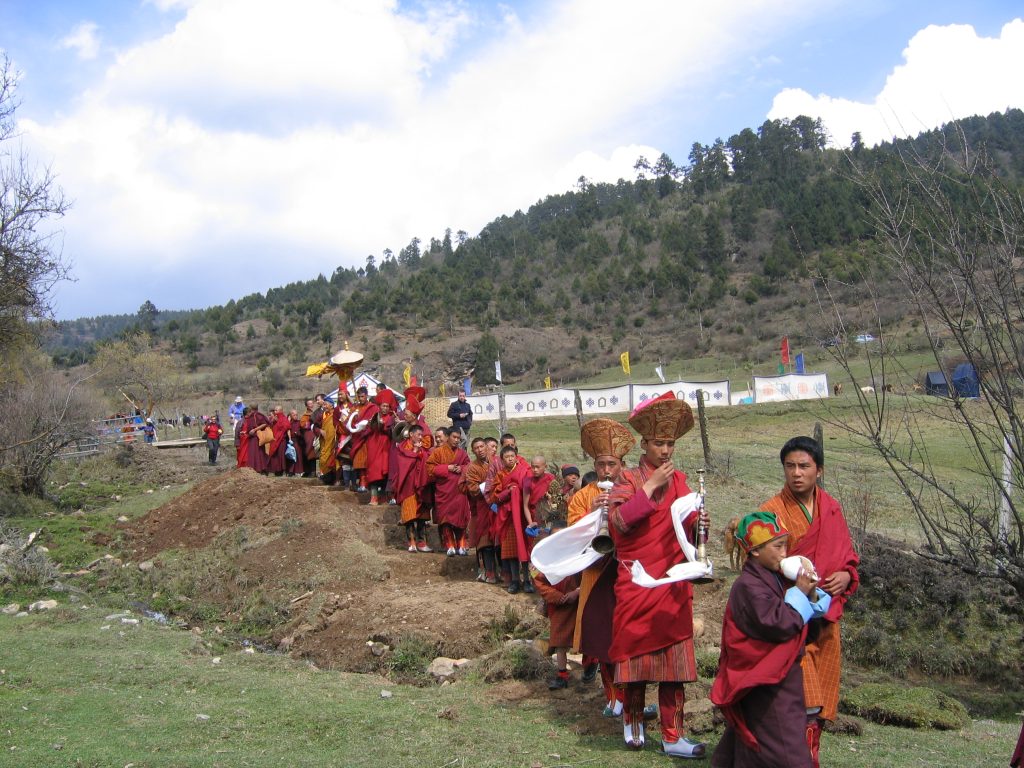
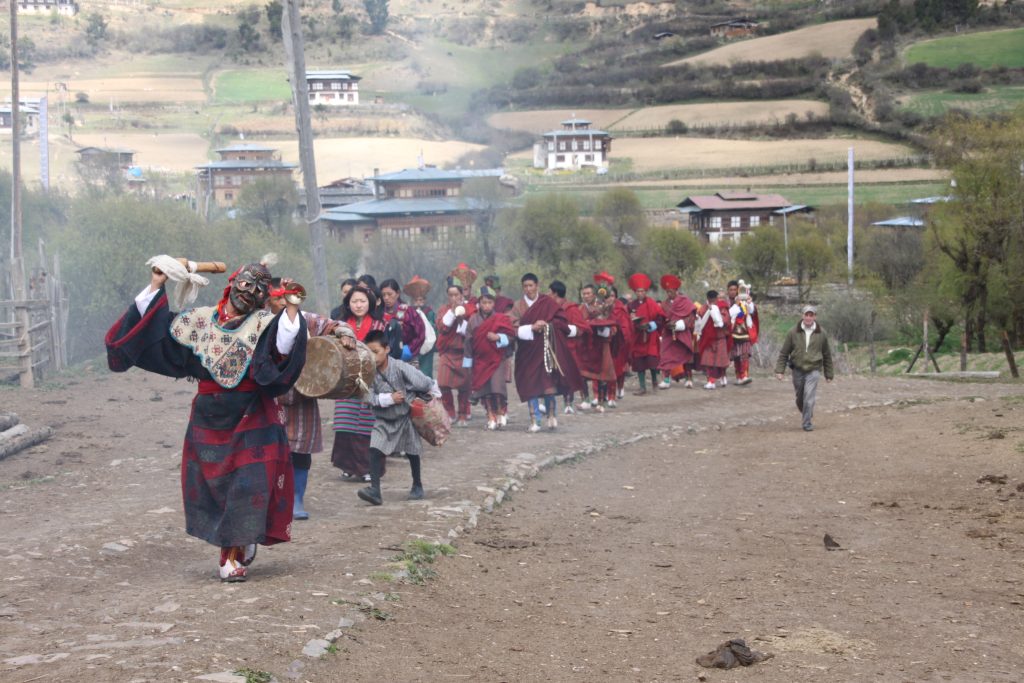
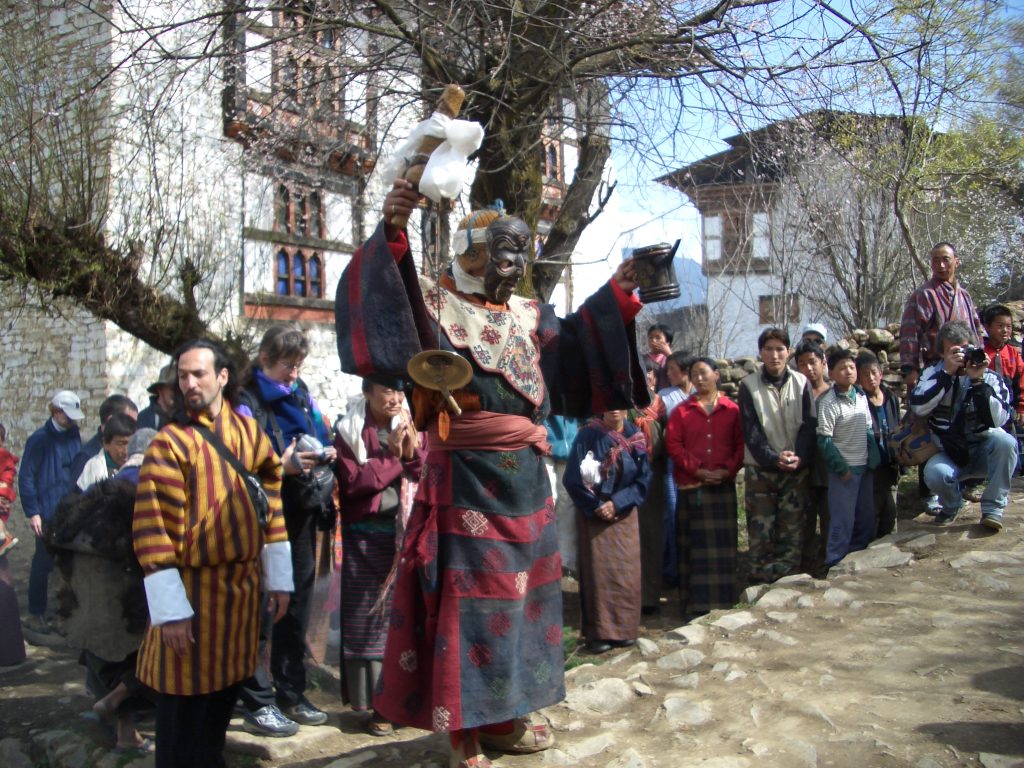
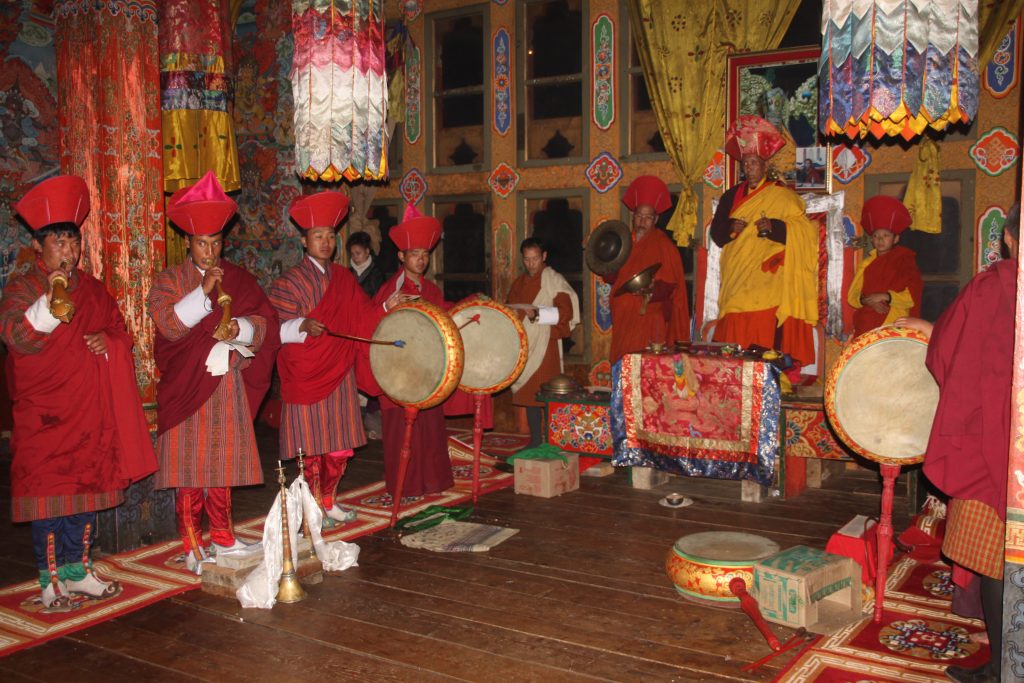
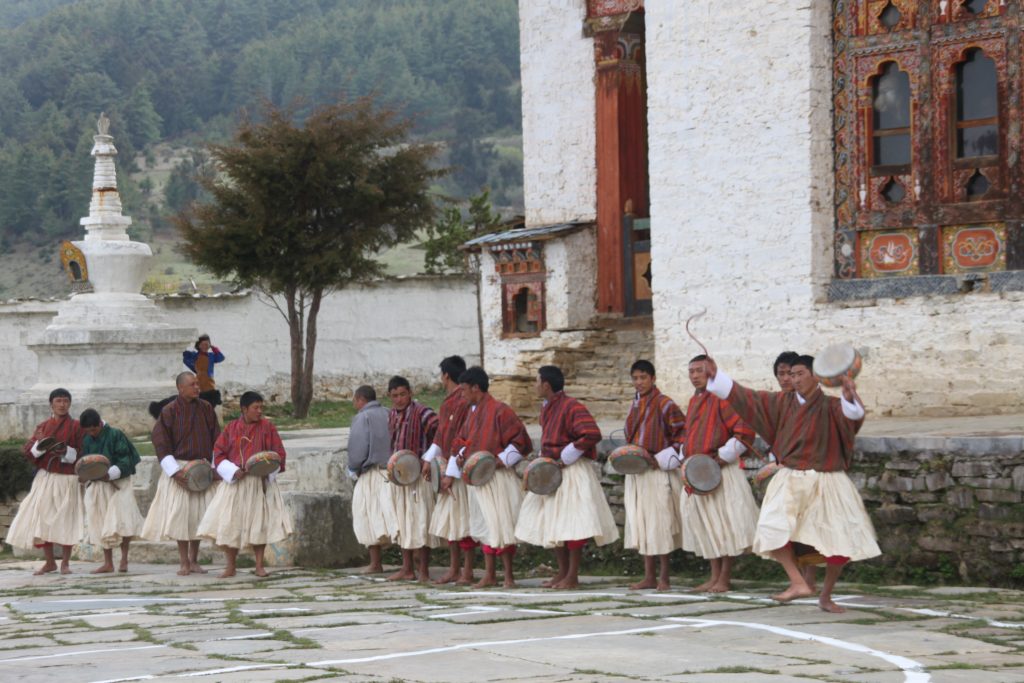
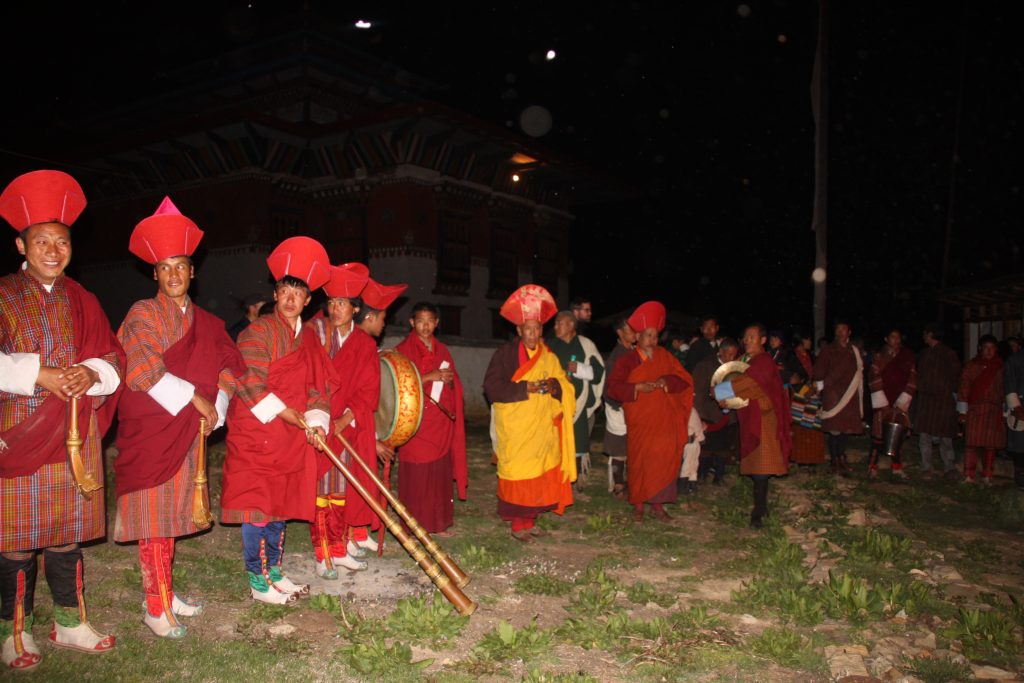
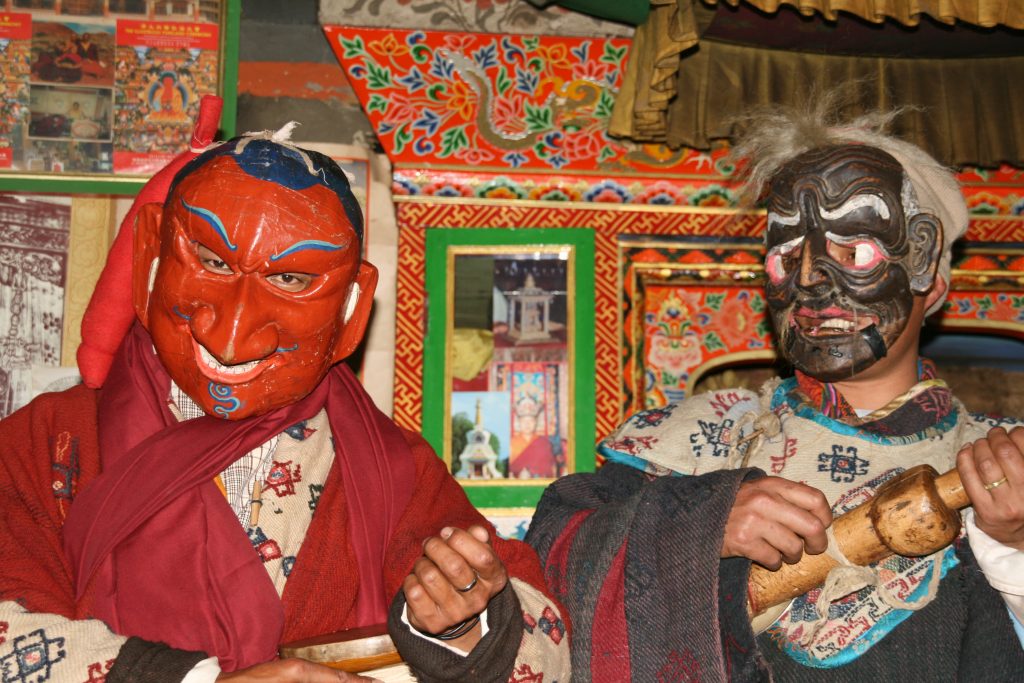

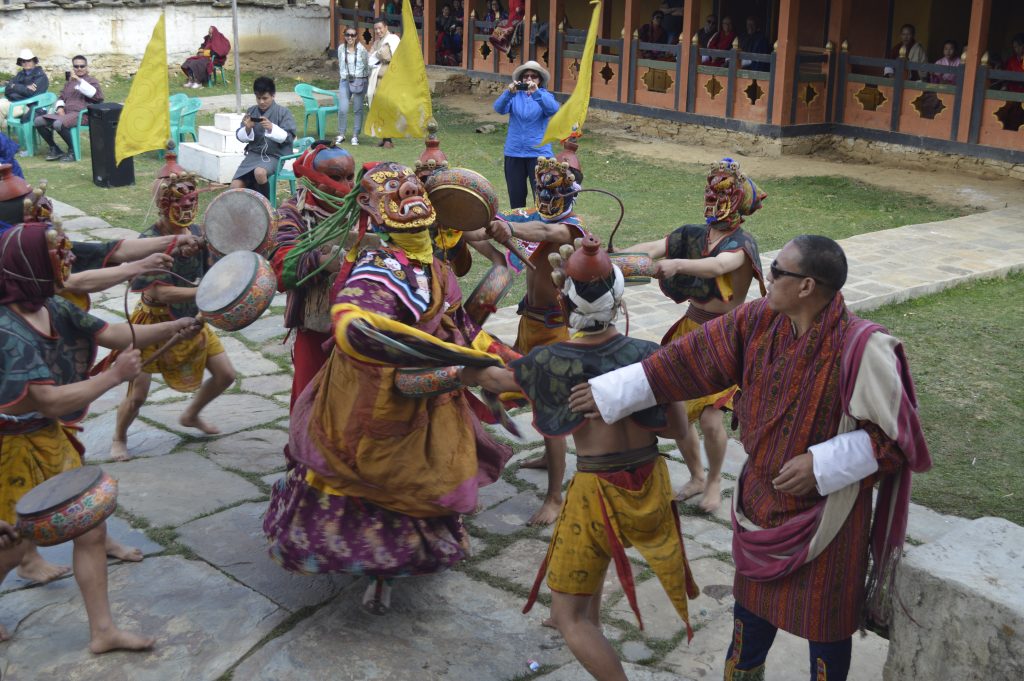

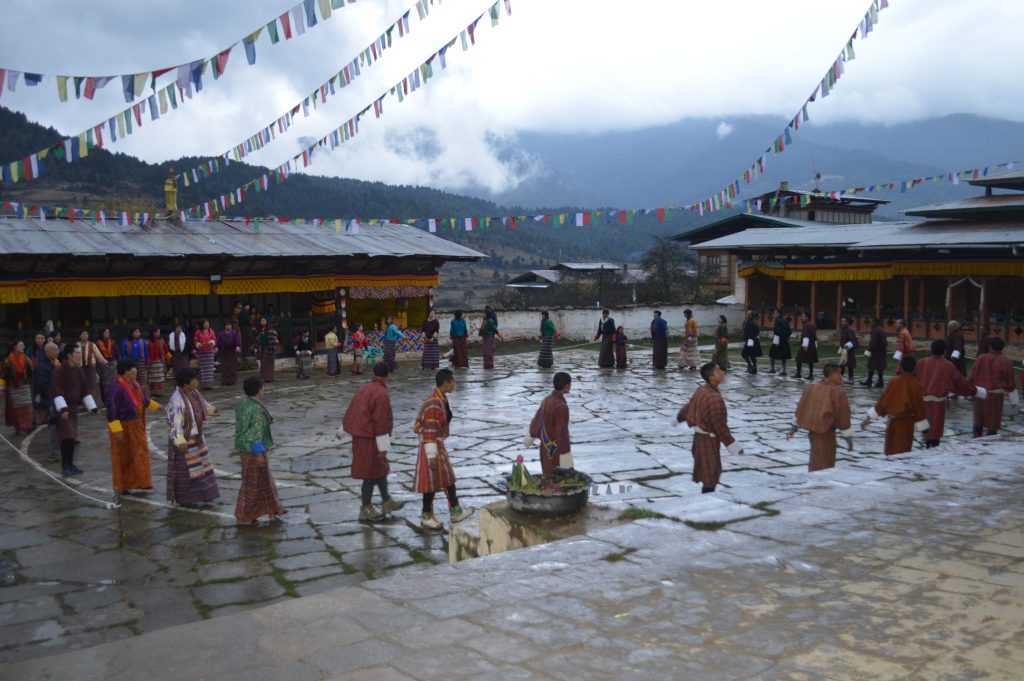

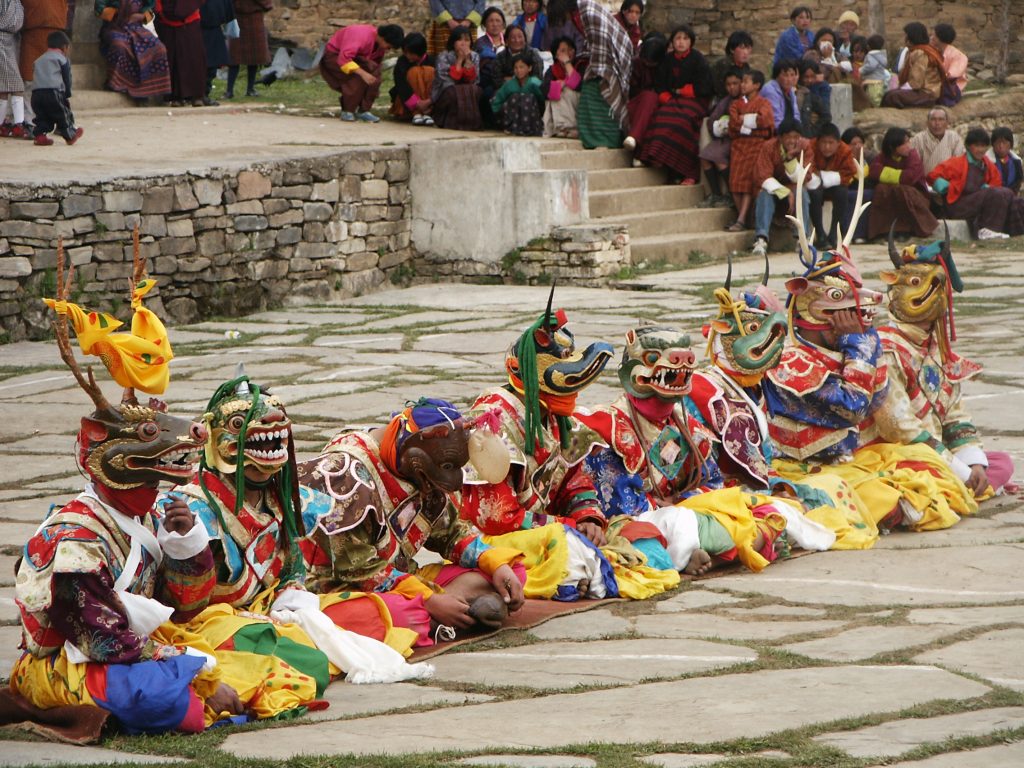

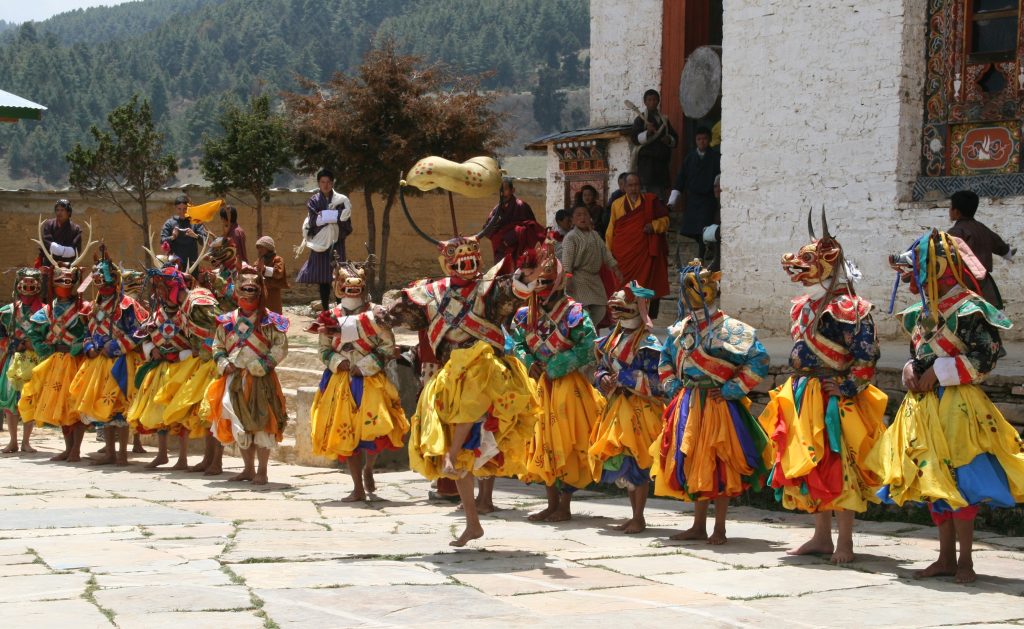
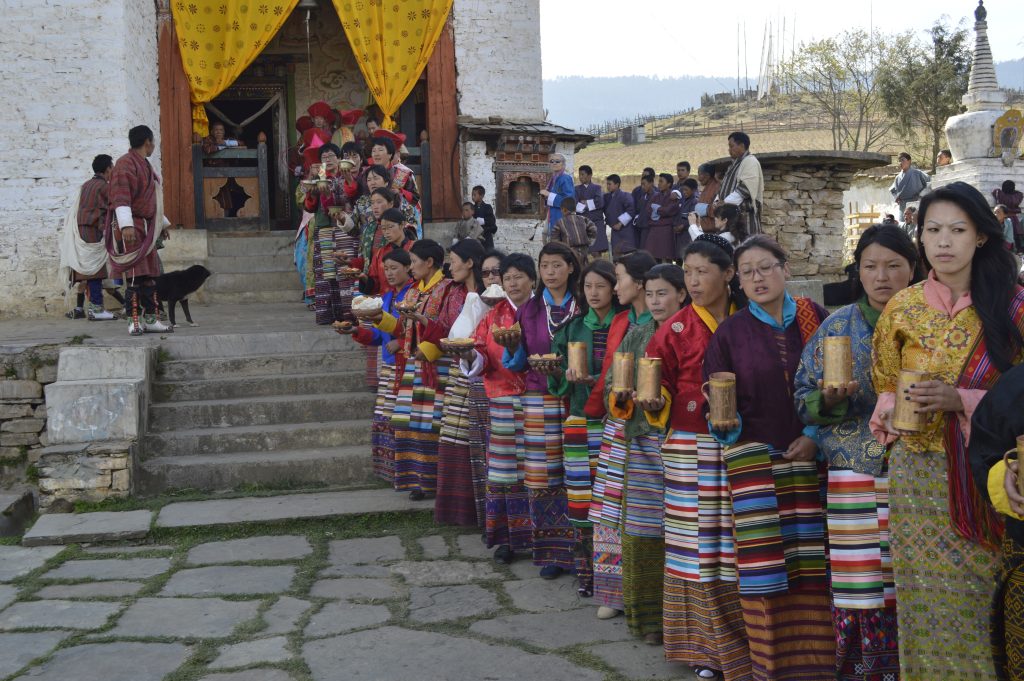


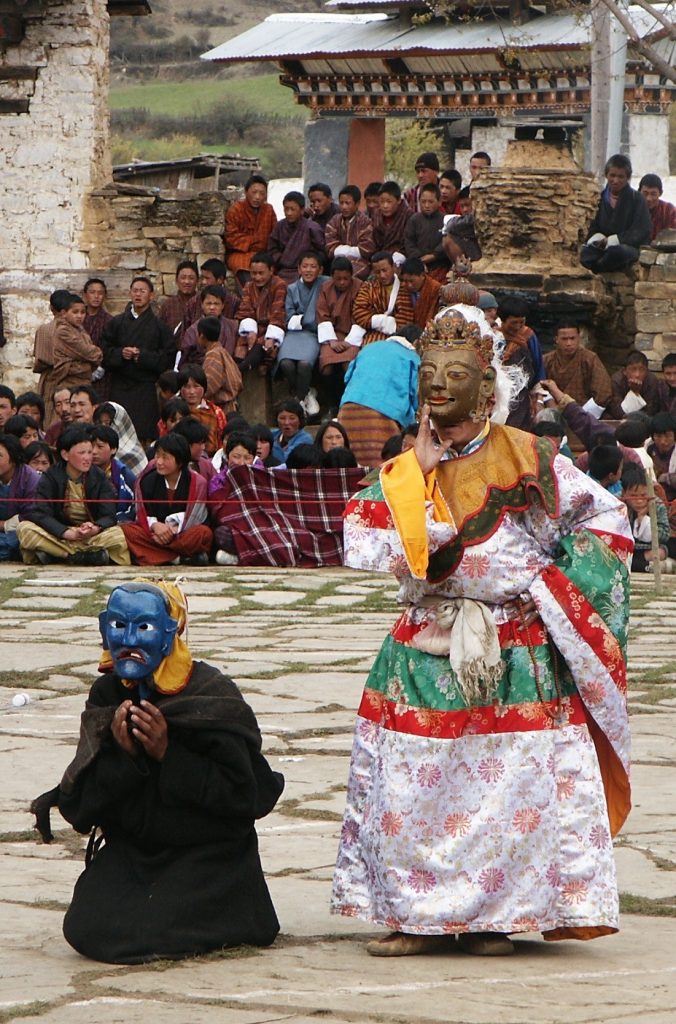
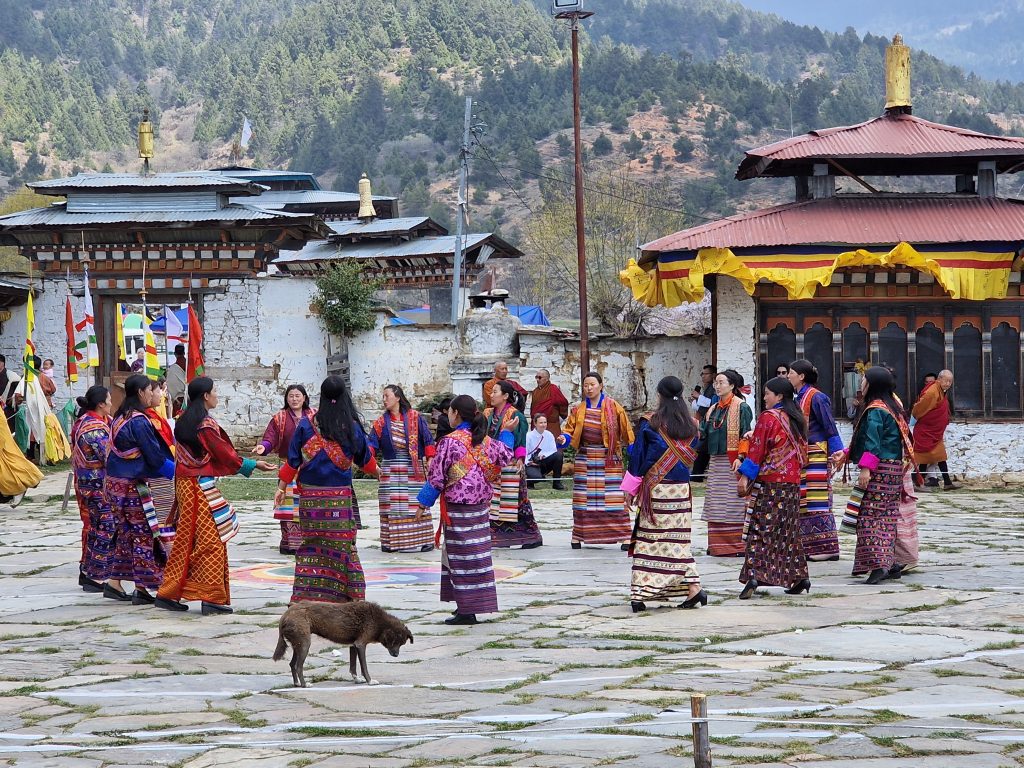
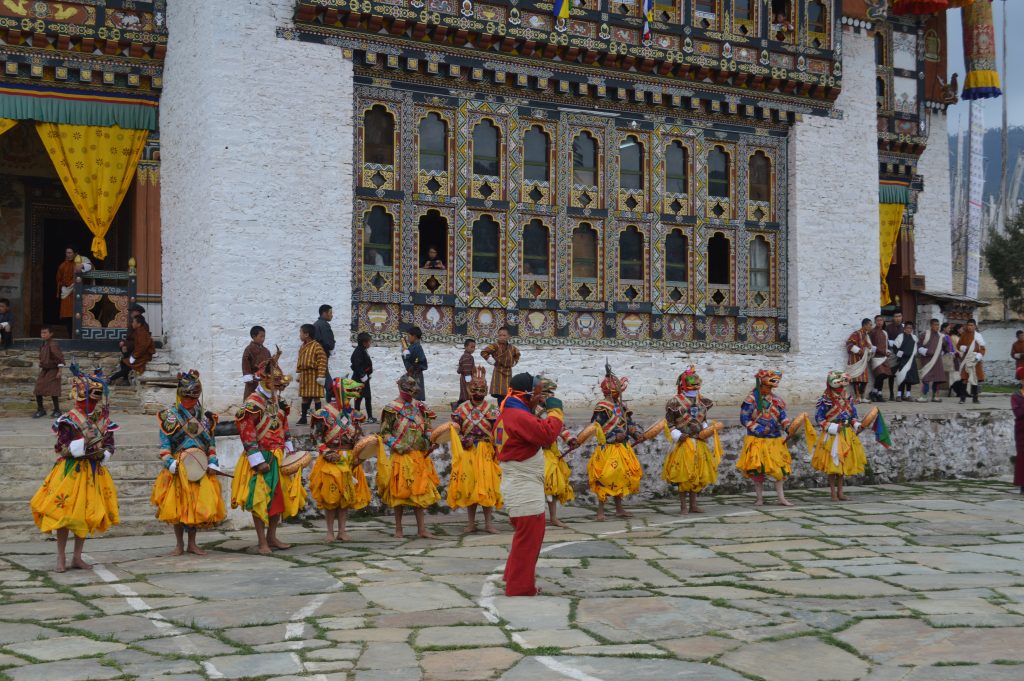
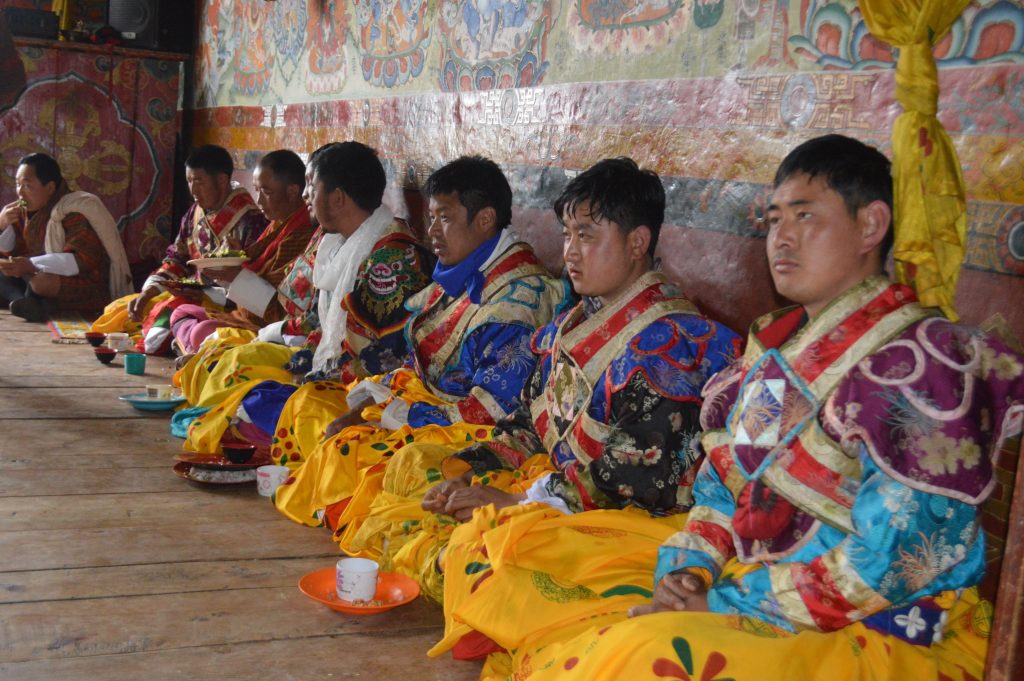
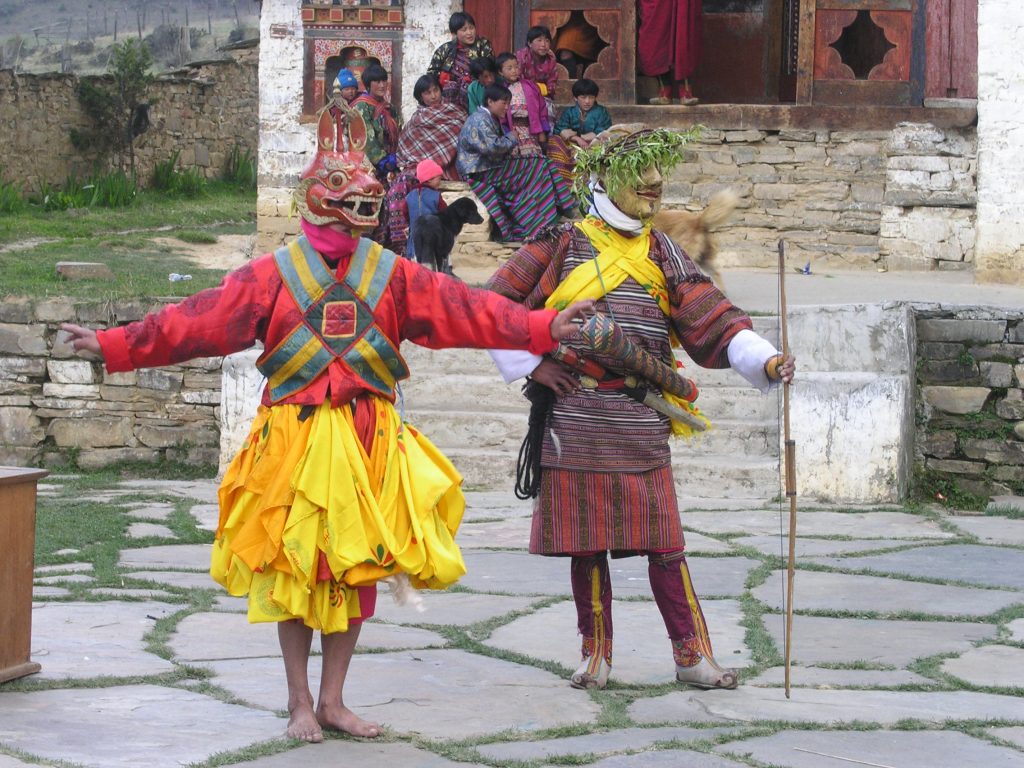
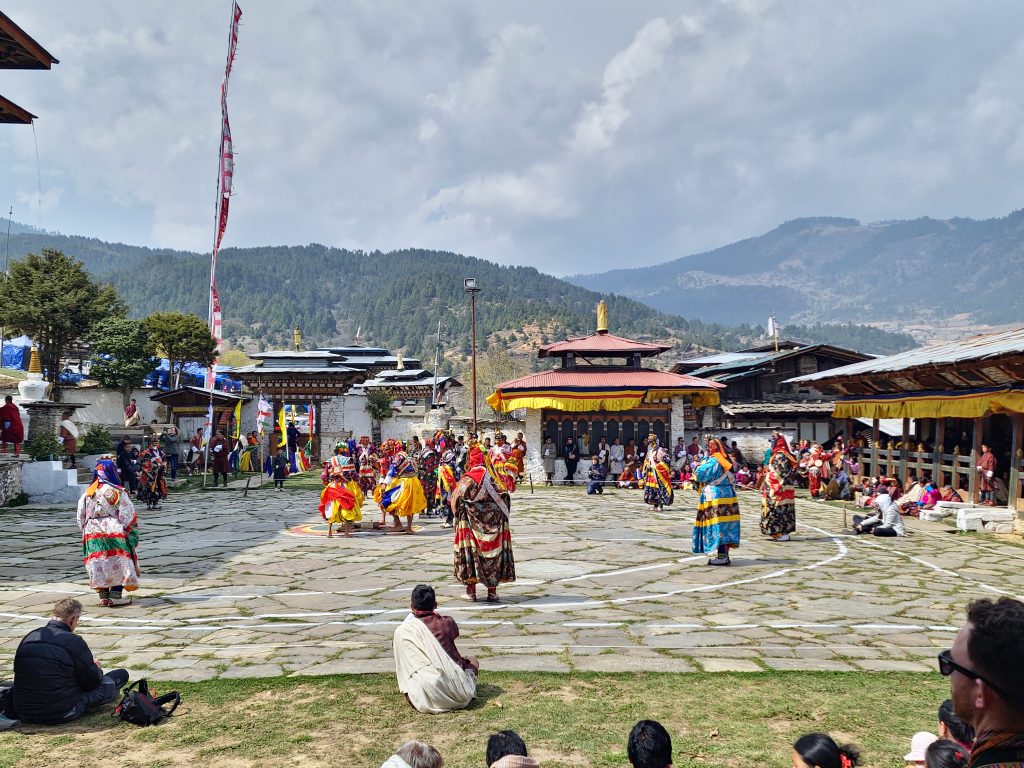
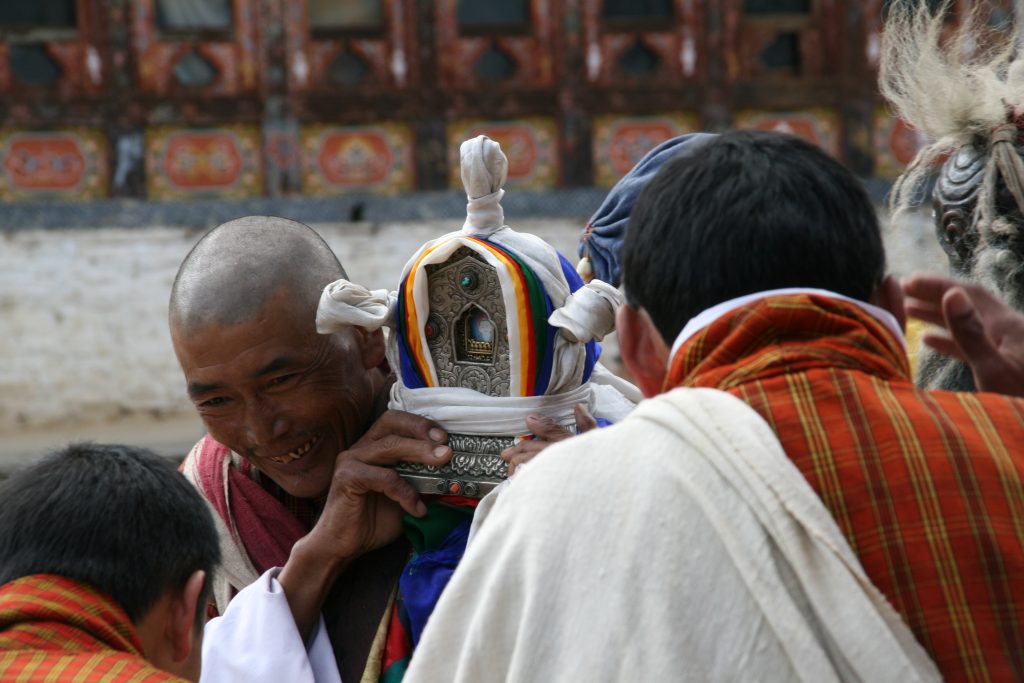
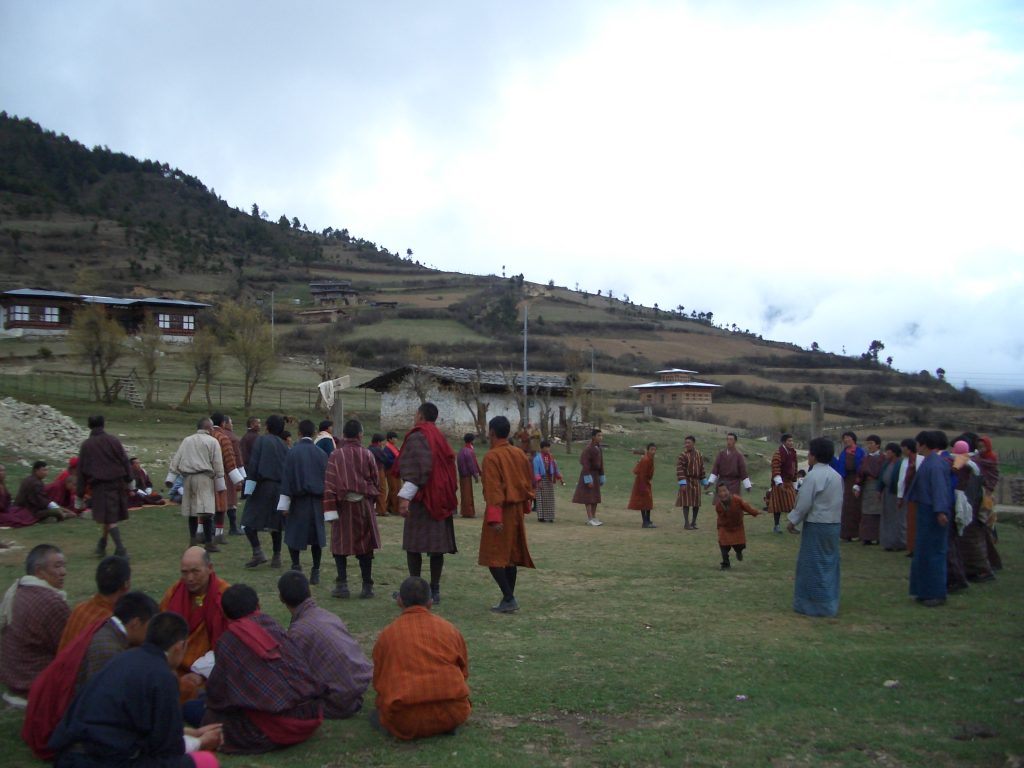

In addition to the festivities on the temple courtyard, a lot of fun and entertainment go on in the village before and after the public dances. The informal events are what helps people know each, treat each other to hospitality, laugh together and create strong community bond and cohesion.
Further Reading
‘Ura Yakchoe: The Grand Festival of Ura Village’, Splendours of Our Culture: Festivals of Bumthang Dzongkhag, Thimphu: National Library and Archives of Bhutan, 2018, pp. 208-221.
‘The Story of the Old Man of Gadan’, Bhutan, Tourism Council of Bhutan, Thimphu, 2007.
‘Grappling with Change’, Bhutan Now, November, 2006.